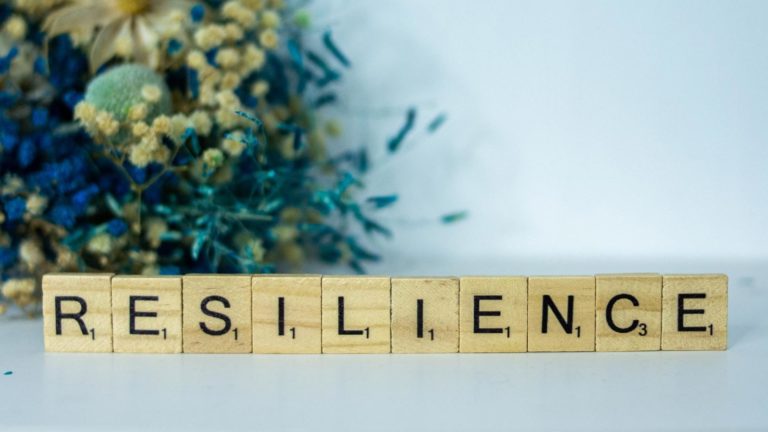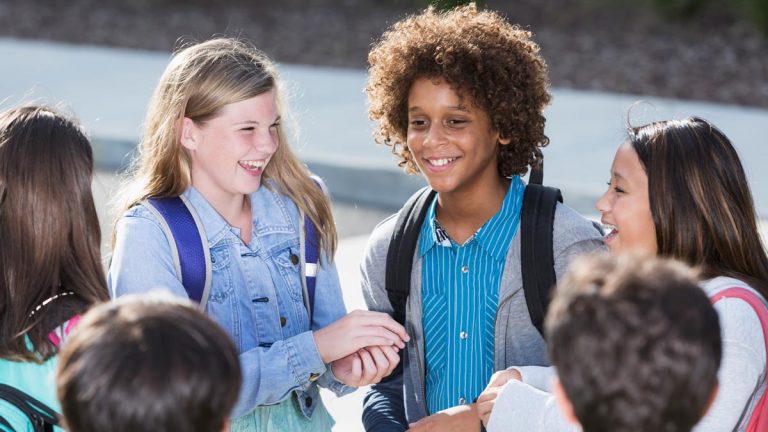Anyone who has ever worked with children knows that getting kids to work together on a task can be challenging. You assign a project to a group of kids and, inevitably, the work falls disproportionately on one or two members of the group and productivity is a fraction of the what it could be – if they accomplish anything at all.
How do you solve this problem? How do you get children in a group to work together as a team? You don’t. Not overnight, at least. But there are a few tricks you can pull to make each student keenly aware of his or her responsibilities:
- Establish manageable group sizes. Groups should be no more than 4 or 5 individuals at any given time. Beyond that size, groups can quickly become unmanageable for inexperienced leaders.
- Establish firm rules for behavior. Often, when children are young, they are still testing their social boundaries, or they may not feel comfortable working with their peers. Before you set children on a project, it is a good idea to establish unacceptable behavior, such as insults, intimidation, and “opting out.” You might also poll which students would like to take up specific roles in a group and assign them to groups accordingly.
- Break a project into pieces. We’ve all seen this in school projects growing up; usually one or two kids will do all the work while the rest sit back and relax. One solution here is to break the project into pieces and give each kid a specific role. A lot of kids tend to be more comfortable when given clear instructions and small projects, rather than being overwhelmed by a big project.
- Give your students several deadlines. Rather than having one big deadline at the end of a project, thus allowing children to procrastinate, you can set several benchmarks in between the final project and when you want to see progress. This approach not only makes it easier for you to see which children are actively doing their part, but it also encourages children to not slack off.
- Make each student responsible for his or her grade or individual reward. Having a group prize at the end of a project is often a good idea, but some children might be content to let others do the work for them and reap all the benefits at the end. By making it clear that individual contributions will also be rewarded accordingly, children will be much more likely to put in work, if only out of self-interest.
- Monitor the groups unobtrusively. Ask more quiet or disengaged children what they might do with a certain feature or part of the project. By making sure that each child feels heard, they will be more willing to provide their own input in the future without your guidance.
- Have each student at the end discuss one thing they learned. By framing group work as a learning opportunity instead of a stressful social exercise, children will walk away feeling as though they gained something, no matter how small.
Hopefully, after implementing these tactics, you will find that your children are working much better in groups. Collaboration is an important life skill, and it is never too early to learn it.
Looking for a group activity for your students that focuses on entrepreneurship? Try our Business Innovation Journey entrepreneur course! Our program develops entrepreneurial thinking and skills while building up to every student’s favorite part: the grand finale of a business pitch! Learn more here!
Photo by Vanessa Loring








